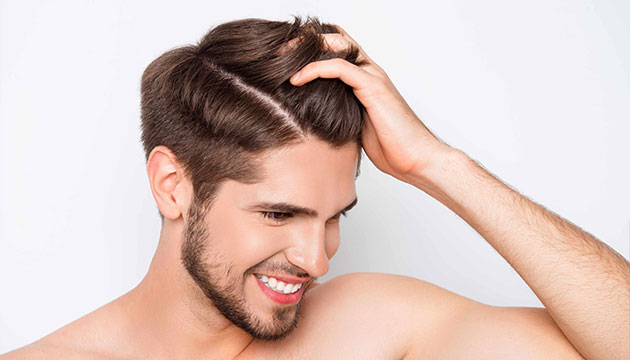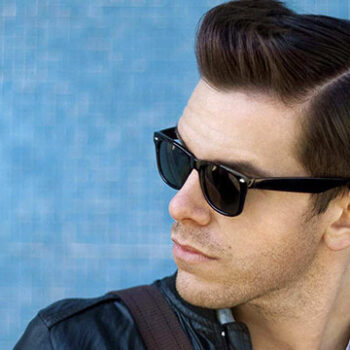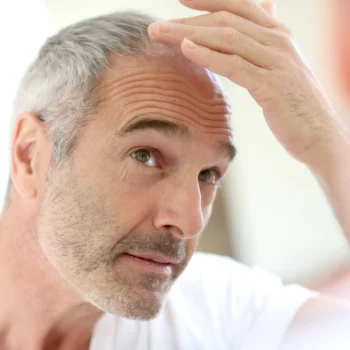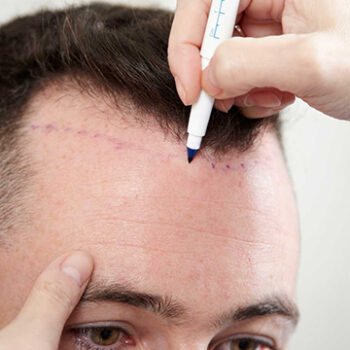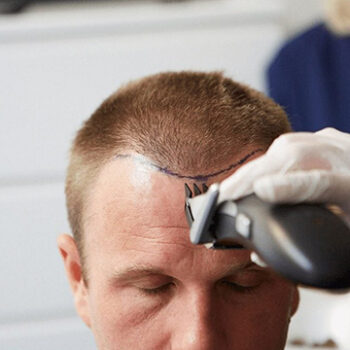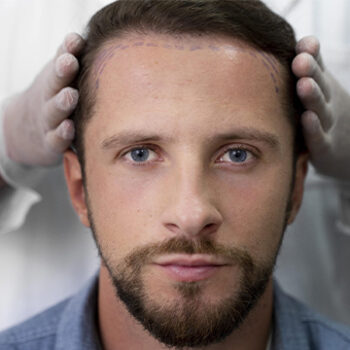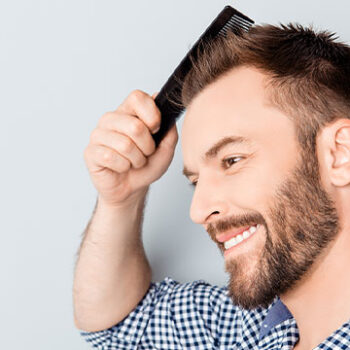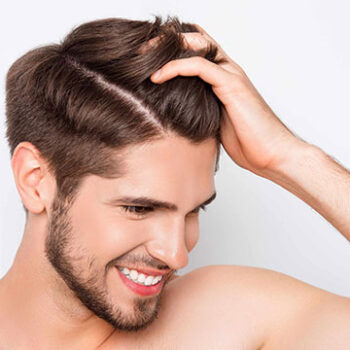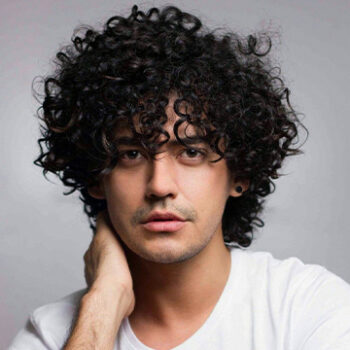When to Start Exercising After a Hair Transplant? Essential Guidelines for a Safe Recovery
A hair transplant is a meticulous procedure, requiring careful post-operative care to ensure the transplanted hair follicles adapt successfully. One common question patients have is, “When can I start exercising again?” Physical activity is beneficial for overall health, but returning to exercise too soon after a hair transplant can disrupt the healing process and potentially compromise results. Here, we’ll take an in-depth look at when and how to safely incorporate exercise back into your routine after a hair transplant.
Can I Exercise After a Hair Transplant?
Immediately following a hair transplant, it’s critical to rest and avoid any activities that could strain the body or increase blood flow to the scalp. Exercise can elevate heart rate and body temperature, which may increase swelling and irritation in the treated area. More importantly, exercise can lead to sweating, which could raise the risk of infection and slow down the healing process. The goal during the first few weeks post-surgery is to protect the grafts so they can take hold and begin the growth process undisturbed.
Risks of Exercising Too Soon After Hair Transplant Surgery
Jumping back into an exercise routine too soon after your procedure can lead to several complications:
- Graft Displacement: During the early stages of recovery, the grafts are still delicate and adjusting to their new location. High-intensity movements or exercises that involve jarring motions could dislodge or disturb these grafts.
- Increased Sweating: Sweating can introduce bacteria and irritate the sensitive scalp area, raising the risk of infection. The salt in sweat can also make the scalp feel itchy, tempting patients to touch or scratch the area, which should be avoided.
- Swelling: Post-operative swelling around the forehead and eyes is common in the days following a transplant. Exercise can intensify this swelling, potentially leading to longer recovery times.
- Scalp Trauma: Physical activities that involve the risk of accidental impacts or even brushing the scalp can damage the newly transplanted follicles. Sports or workouts where there’s a chance of contact with the scalp should be avoided until the area is fully healed.
A Week-by-Week Guide to Resuming Exercise
To help protect your hair transplant results, follow these general guidelines for returning to physical activity. Always remember that individual recommendations from your surgeon should take precedence.
First Week Post-Transplant: Absolute Rest
During the first week after your transplant, complete rest is essential. Avoid any type of exercise, including low-impact activities like walking, as even slight exertion could increase heart rate and body temperature. Follow any post-surgery instructions provided by your doctor closely, focusing on resting and avoiding contact with the transplanted area. This period is critical for allowing the grafts to settle and adapt to their new environment.
Second Week Post-Transplant: Gentle Walking Only
After the first week, you can consider very light activities, such as gentle walking around the house or in a park. However, avoid direct sunlight on your scalp as UV exposure can irritate the sensitive area. This phase is still a period of adjustment for the grafts, so avoid anything that could cause sweating, elevate your heart rate, or strain the scalp. Keeping movements slow and easy will allow the transplanted follicles to continue stabilizing.
Third to Fourth Week Post-Transplant: Light Exercise with Caution
As you enter the third and fourth weeks, you may gradually resume mild exercises. Low-impact activities such as stretching, slow cycling, or light yoga can be introduced. Avoid bending exercises where the head is positioned below the heart, as this can increase blood flow to the scalp. Remember, it’s essential to keep your heart rate low and avoid sweating, so skip cardio-intensive activities such as running or intense aerobics.
At this stage, still avoid:
- High-intensity cardio: This can cause excessive sweating and strain on the scalp.
- Heavy lifting: Weightlifting or other activities that involve straining can increase blood pressure and disrupt the healing process.
- Direct sun exposure: If you’re exercising outside, wear a hat or use a lightweight head covering to protect your scalp from sunlight.
After Four Weeks Post-Transplant: Gradually Resume More Intense Activities
After one month, the scalp has typically healed enough to start reintroducing more vigorous exercises gradually. Begin with short sessions and avoid any high-impact sports or exercises that risk physical contact. You may start cardio workouts, weightlifting with light weights, and sports that don’t involve the head or scalp, like stationary biking or Pilates.
Always increase intensity slowly and monitor how your scalp reacts. If you notice any discomfort, swelling, or redness, reduce the intensity and allow more time for recovery.
After Three Months: Full Return to Regular Exercise
By three months post-transplant, most patients can fully return to their regular exercise routines without restrictions. At this point, the grafts are typically well-established, and the risk of damage from physical activity is minimal. However, continue to follow any specific recommendations from your surgeon, and consider wearing a hat or head covering for outdoor activities to protect your scalp from direct sunlight and environmental factors.
Additional Tips for Exercising After a Hair Transplant
If you’re eager to get back to your active lifestyle, consider these extra precautions to ensure a safe return to exercise post-transplant:
- Consult Your Doctor: Every patient’s recovery timeline is unique. Before resuming any physical activity, consult with your doctor, who can provide tailored advice based on your progress.
- Stay Hydrated: Proper hydration supports healing and can help reduce swelling.
- Avoid Touching or Scratching the Scalp: Exercise can make the scalp feel itchy, especially if you start sweating. Resist the urge to touch or scratch to prevent infections and protect the grafts.
- Wear Breathable, Clean Clothing: Opt for moisture-wicking, breathable fabrics during exercise to minimize sweating.
- Consider a Light Covering for the Scalp: If you’re exercising outdoors or in bright environments, wear a lightweight hat or head covering to protect the scalp from UV rays and dust.
Conclusion
Exercise is an essential part of a healthy lifestyle, but after a hair transplant, patience and caution are key. Allowing ample time for rest and following a gradual return to exercise will support successful healing and safeguard your new hair. Avoiding physical exertion in the first few weeks post-surgery and carefully monitoring your body’s response can help ensure that your transplant results are not compromised. With the right approach, you’ll be able to enjoy both the benefits of exercise and the results of your hair transplant for years to come.

 English
English Français
Français Deutsch
Deutsch Türkçe
Türkçe 中國人
中國人